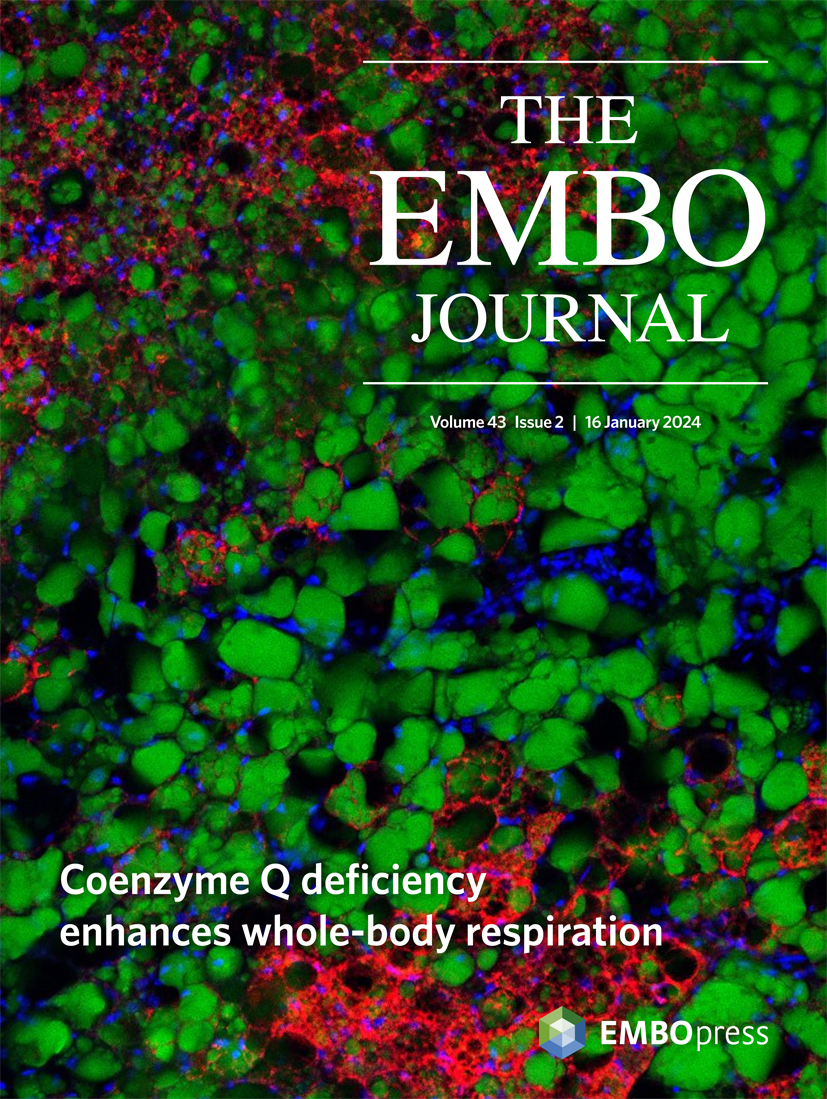
CoQ Transport and Trafficking
Coenzyme Q (CoQ aka ubiquinone) is an essential component of the mitochondrial electron transport chain (ETC) as well as a membrane-incorporated antioxidant. Although it is ubiquitous to all cell types and organelles, little is known about critical mechanisms involving CoQ uptake into cells, trafficking and it’s role outside of the mitochondria. Studies have shown that tissues rich in mitochondria, also have increased CoQ levels and are more sensitive to CoQ deficiencies. Because of this, we are primarily interested in studying CoQ within the context of classical brown adipose tissue (BAT). BAT is a unique type of adipose tissue that is composed of adipocytes with multilocular lipid droplets and a large amount of mitochondria, making it a highly metabolically active organ that is responsible for non-shivering thermogenesis via the expression of uncoupling protein 1 (UCP1). Due to these characteristics, in recent years it has been targeted for both diabetes and obesity therapeutics. We have identified BAT as a major destination for exogenous CoQ, and we identified the specific scavenger receptor CD36 as the main receptor governing CoQ uptake into brown adipocytes. To address the remaining unanswered questions regarding CoQ uptake and trafficking, we have developed novel CoQ-azide conjugates and demonstrate in our preliminary data that these novel compounds can be used to track both the intracellular as well as whole body uptake dynamics of CoQ using fluorescent microscopy and bioluminescent imaging respectively. Our main objective is to understand how CoQ is transported within cells and organisms. Answering important biological questions, ranging from identification of key transporters to time-dependent trafficking will help us identify the factors and mechanisms involved in the uptake of CoQ.
CoQ Deficiency and Thermogenesis
More recent studies in our lab have focused on studying the BAT phenotype under CoQ deficiency conditions. Primary CoQ deficiencies can be caused by hereditary mutations in the biosynthesis pathway while secondary CoQ deficiencies are associated with the pharmacological use of HMG-CoA Reductase inhibitors, statins. Utilizing both cell culture and mouse models of CoQ deficiency we found that CoQ deficiencies in BAT resulted UCP1 downregulation leading to cold intolerance in vivo. Further, CoQ defiency resulted in an upregulation of mitochondrial stress signaling pathways including the integrated stress response (ISR) and mitochondrial unfolded protein response (UPR). The activation of these stress pathways led to an unexpected mitohormetic phenotype in the face of BAT dysfunction whereby BAT to inguinal white adipose tissue (iWAT) interorgan crosstalk via the secreted factor FGF21 led to enhanced energy expenditure and resistance to diet induced obesity in mice. Future studies in the lab aim to understand if the same mechanisms occur during secondary CoQ deficiency via statin treatment. Further, we seek to understand if there are other novel batokines responsible for the mitohormetic phenotype observed in CoQ deficient mice via proximity labeling analysis of secreted proteins.
